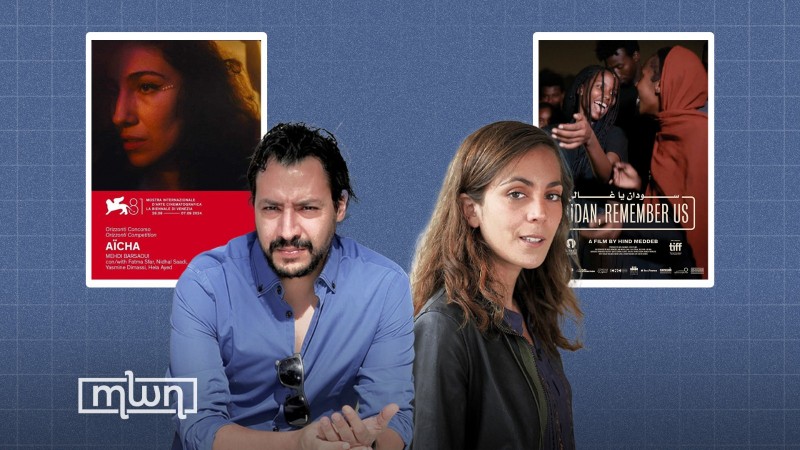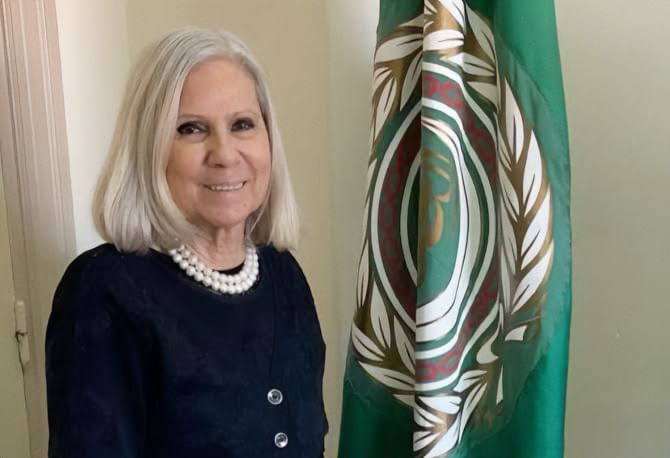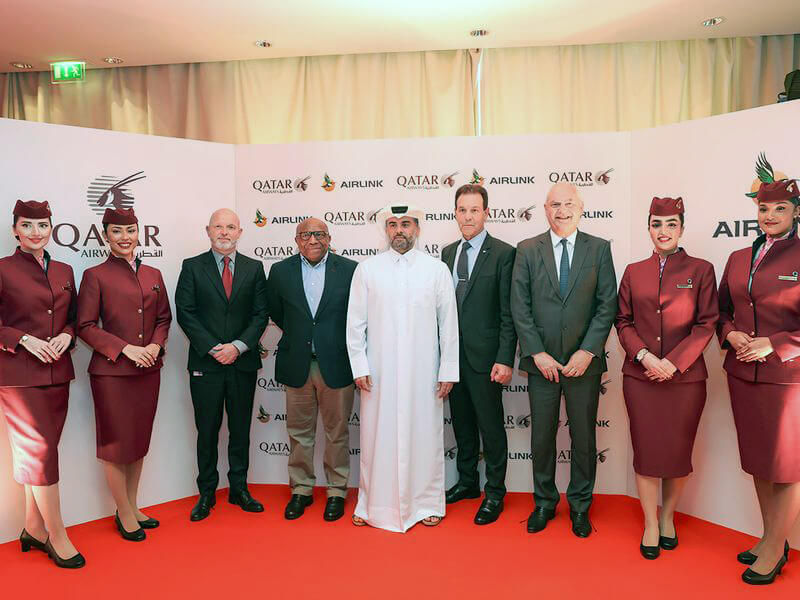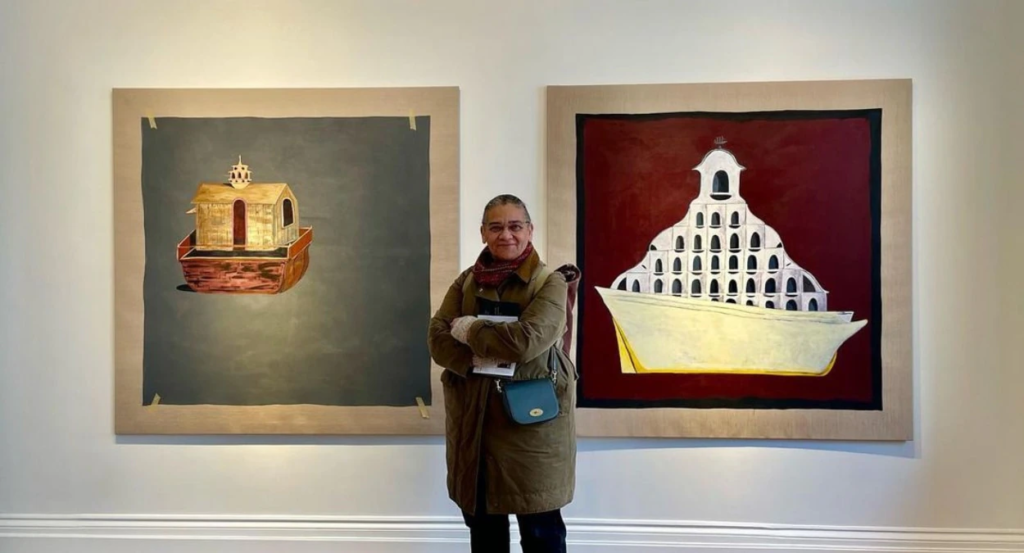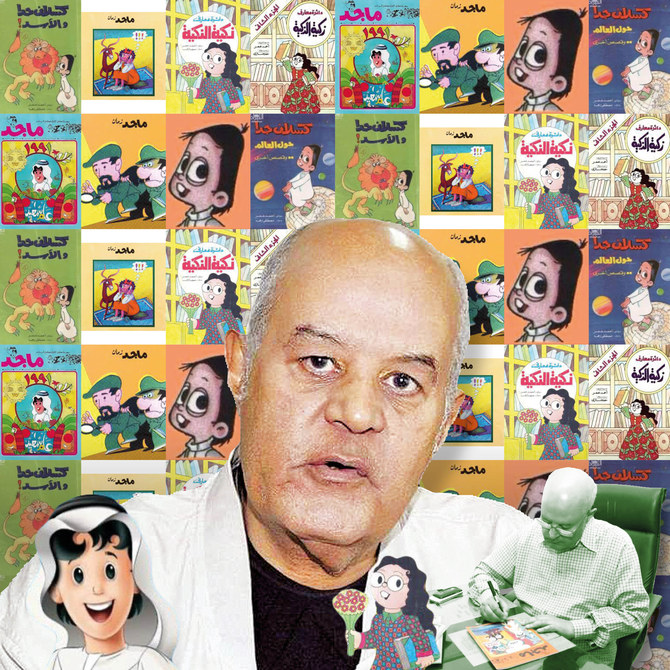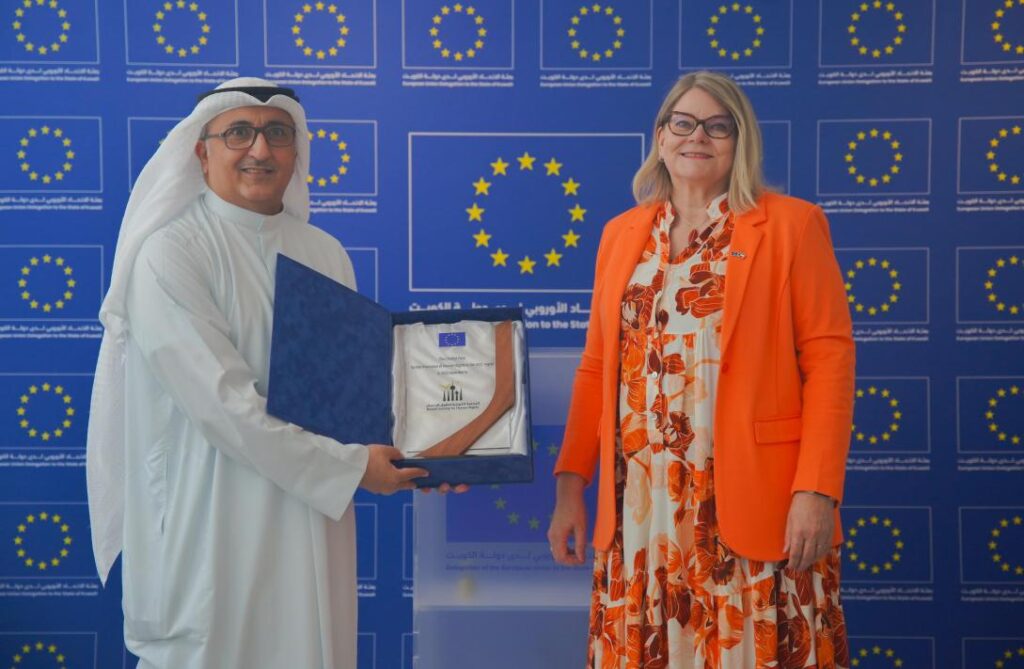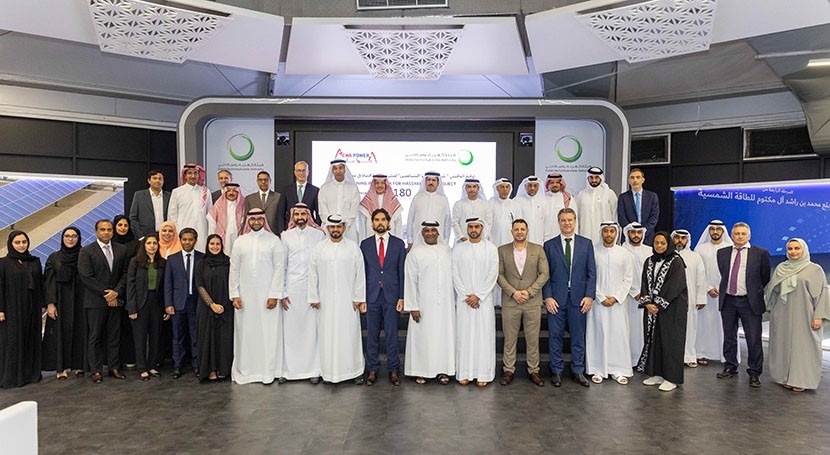Upon first glance at the works of Hashim Nasr, a Sudanese multidisciplinary artist and photographer now displaced in Alexandria, Egypt, one immediately notices several things; a personal act of deliberate introspection portrayed through his subjects, and an invitation to delve into your own contemplative analysis of said displayed works. Upon further examination, one may note that there is no face to be seen in any of Nasr’s portraits, with the subjects’ faces more often-than-not tactfully – and intentionally – covered with quite the jarring element, a triangular royal blue cone.
But why? While one may guess – and would indeed by partially correct in their guess – that by covering the subjects’ faces, Nasr is able to effectively convey a deeper meaning, one unclouded by superficial perceptions, the real answer is perhaps rooted in serendipity. Nasr’s signature approach to portraiture was not perhaps initially intentional, yet grew to become so. Nasr would begin asking family members to model for his shoots, and for the sake of their own comfort, he would offer them a blue cone to mask their features.
Little did Nasr know that the blue cone would transcend its initial purpose, becoming a symbol that compels viewers to look beyond the surface, mirroring his own childhood desire to be understood in a way that transcends mere visibility – to be deeply seen, even when unseen.
Born in 1990 in Khartoum, Sudan, Nasr’s journey is as multifaceted as his art. Trained initially as a dentist, he balanced the rigorous demands of his profession with an insatiable drive to explore his creative instincts. Nasr’s early forays into the art world were deeply rooted in his connection to his homeland. “I started taking pictures of what I held dearest – my family and the city I call home, Khartoum. My love for photography comes from my love for Khartoum,” he shares. This intrinsic link to his roots has been a cornerstone of his work ever since.
Nasr’s photographs present a world that seems suspended in time between dreams and reality, inviting the viewer to pause and reflect. “These photos are not just pixels; they are my catharsis. The only form I have,” Nasr asserts. In each image, there is a quiet dialogue between the seen and the unseen, the conscious and the subconscious.
In Khartoum, he had the freedom to explore vast, open spaces, and the liberty to use diverse and often unconventional settings for his shoots. However, since his move to Egypt, and more specifically to Alexandria, the dynamics of his work have shifted. Nasr, alongside his family, came to Alexandria in March 2023 on a three week-long vacation, one that turned out to be an unexpected exile as the war in Sudan had intensified, and Nasr could not return home.
Since his displacement to Alexandria, Hashim Nasr has faced significant constraints that have impacted his creative process. “You wake up one day and you realize your country is at war. It changes everything,” Nasr reflects. The once vibrant streets and open spaces of his hometown, which served as the canvas for his explorations, have been replaced by the marginally restrictive environment of Alexandria. “Reality has never sunk in. There are days I’d wake up and find myself back in Khartoum, only to realize I am not.” This dislocation has not only been a physical one but also a profound emotional and artistic shift.
In Alexandria, Nasr has encountered a city that, while rich in history and culture, imposes tighter limitations on his artistic freedom, whether deliberately or not. “It is not easy to walk around the streets of Alexandria with my camera and take photos. I felt trapped. What was my catharsis was now no longer attainable, not in the way that I had accustomed myself to.” Despite the city’s picturesque spirit, Nasr has only managed to conduct two outdoor shoots since his arrival, finding the public spaces less accessible and open to his creative expressions. “The fishermen just kept asking me, ‘what the hell are you doing?’ and I had to make up some story about a university project. I’m 34.”
Faced with these challenges, Nasr has turned inward, creating art within the confines of his own private spaces. “I began making art in my room, playing with light and shadow. It’s my safe haven; no one can tell me ‘you can’t shoot here’.” In the intimacy of his room, he manipulates light and shadow to craft evocative scenes using his own hands, resonating with the themes of solitude and introspection that permeate his work. This transition to working indoors has become a new frontier for Nasr, a place where he can still explore his artistic vision without external interference.
However, this adaptation has not been without its struggles. “All these dreams I had slowly started transforming into realities were now once more fading away. It’s been difficult, and it’s not as easy as it was back in Khartoum.” The limitations in Alexandria have challenged Nasr to rethink his approach and find new ways to express his creativity, even as he navigates the emotional and practical difficulties of his displacement. Through this process, he continues to explore the depths of his inner world, finding solace and expression in the play of light and shadow within his own sanctuary.
While his earlier works were deeply personal, exploring themes of loneliness and masculinity, his recent creations have been profoundly influenced by his experiences of exile. Now, his art navigates the painful realities of displacement and the concept of home, both physically and mentally. The recurring motifs of the blue cone and other geometric shapes have evolved to symbolize not just personal introspection but also the broader and more poignant themes of exile and identity.
In Alexandria, Nasr finds himself in a state of limbo. “For me now, Alexandria has become a second home, my family is here. It’s unimaginable to leave them behind. Yet I want to explore, I want to grow, I want to seek opportunities abroad to expand on my artistic abilities, but I cannot leave them behind.” This duality reflects the complex reality of exile – a simultaneous pull towards new horizons and an unbreakable bond with the past. His longing for exploration and artistic growth is tempered by the deep-rooted ties to his family and the shared experience of displacement.
“The idea of having a new home, it’s not something easy to adapt to. There’s something missing. It is a feeling so intense and unescapable,” Nasr confides. This poignant sentiment echoes throughout his work, as he navigates the emotional landscape of exile. The sense of something irrevocably lost, yet clashing the necessity of building a new life, is a recurring undercurrent in his photography. His images encapsulate the struggle to find a sense of belonging in an unfamiliar place while holding onto the memories and identity tied to a homeland left behind. “Such is the reality of exile,” he adds.
Through his lens, Nasr offers a profound exploration of what it means to be caught between worlds, crafting a narrative that is both deeply personal and universally resonant.
source/content: cairoscene.com (headline edited)
_____________
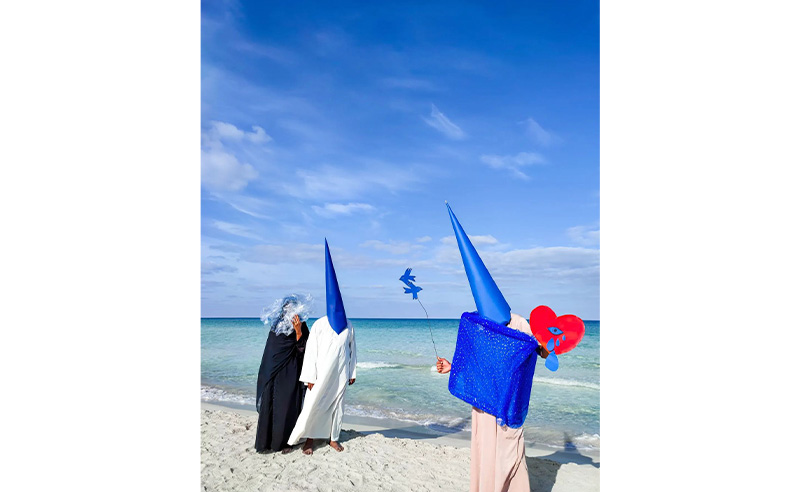
__________
SUDAN
